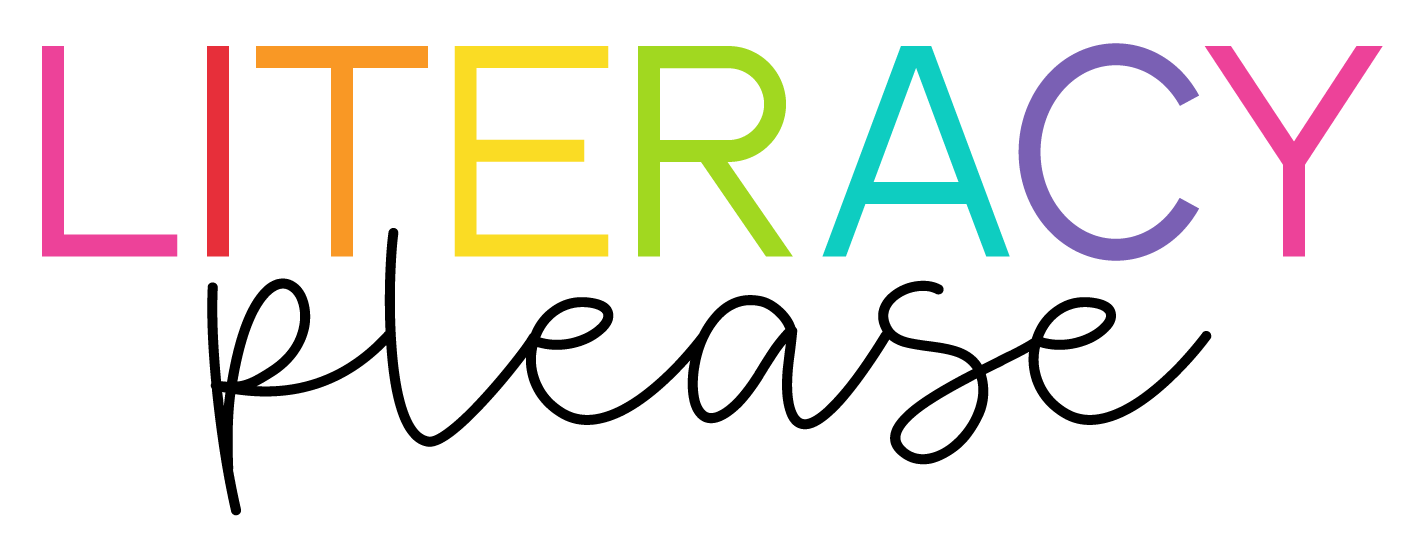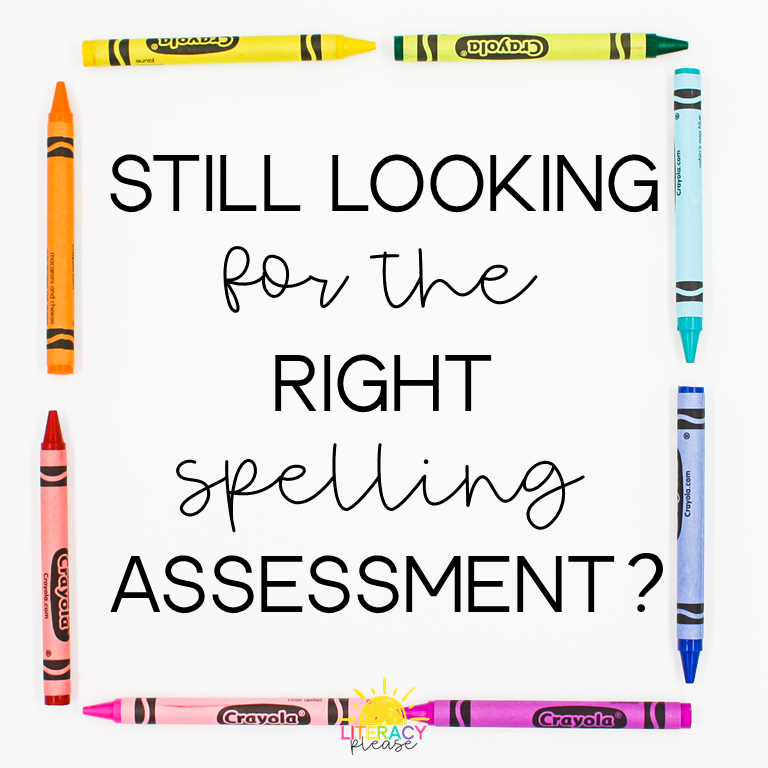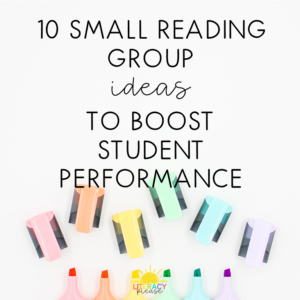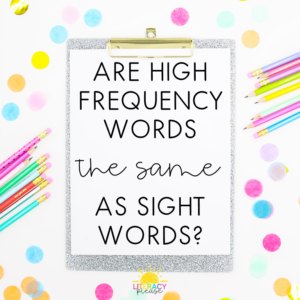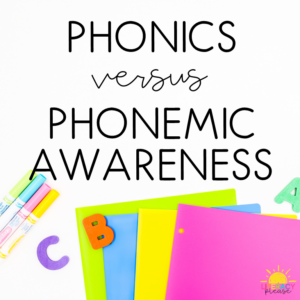You’ve probably seen different spelling inventories out there. They have different names and are branded in many different ways. But they’re all just testing students’ knowledge of various spelling patterns. To be honest, I think some of them are so long and overwhelming, they’re scary. As a matter of fact, I’ve seen first graders cry as they take this spelling assessment that I will not name.
Spelling inventories give us insight into our students’ understanding of various spelling patterns, which can make reading, writing, and small group focus so much easier to determine and plan. As teachers, having this knowledge makes it easier for us to do an informal spelling inventory as we watch our students write.
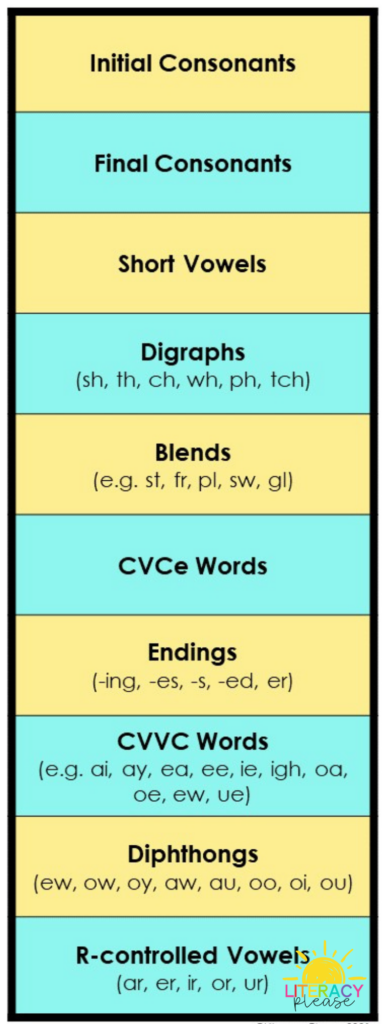
This reference card is a resource I keep on hand as I’m watching students write, listening to them read, plan phonemic awareness, and meet with parents. It’s easy to understand and reminds me that just because I’m teaching about the silent e, doesn’t mean all of my students are ready for it.
Find out how I use this resource here.
Developmental Spelling Inventory
Like I said before, there are various DSI out there, but I wanted to create one that was both useful to me and kid friendly. I wanted something that didn’t overwhelm our little ones, and make them shut down when they see 20-something blank lines in front of them as they’re asked to write words that are beyond what they are able to do.
I didn’t realize I had such strong feelings about this.
This spelling inventory is broken into two sections. I love this because it is less overwhelming for kids just learning to spell. I recommend it for kindergarten, first, and second grades.
Spelling Assessment One
Section one assesses students’ understanding of:
- initial consonants
- final consonants
- short vowels
- digraphs
- blends
It’s inviting and gives students the chance to feel successful. There are only 9 words that give you an idea of what your students know and what they need. If you have students that are proficient with these spelling patterns, move onto section two.
Spelling Assessment Two
This section includes the remainder of the spelling patterns:
- CVCe
- endings (-er, -ing, -ed, etc.)
- CVVC
- diphthongs
- r-controlled vowels
How Do I Grade the Test?
Keep in mind that the entire word in the assessment does not need to be spelled correctly. The only thing you’re assessing is the feature. Here is an example of a spelling assessment with mistakes you’d probably see in a student’s spelling.
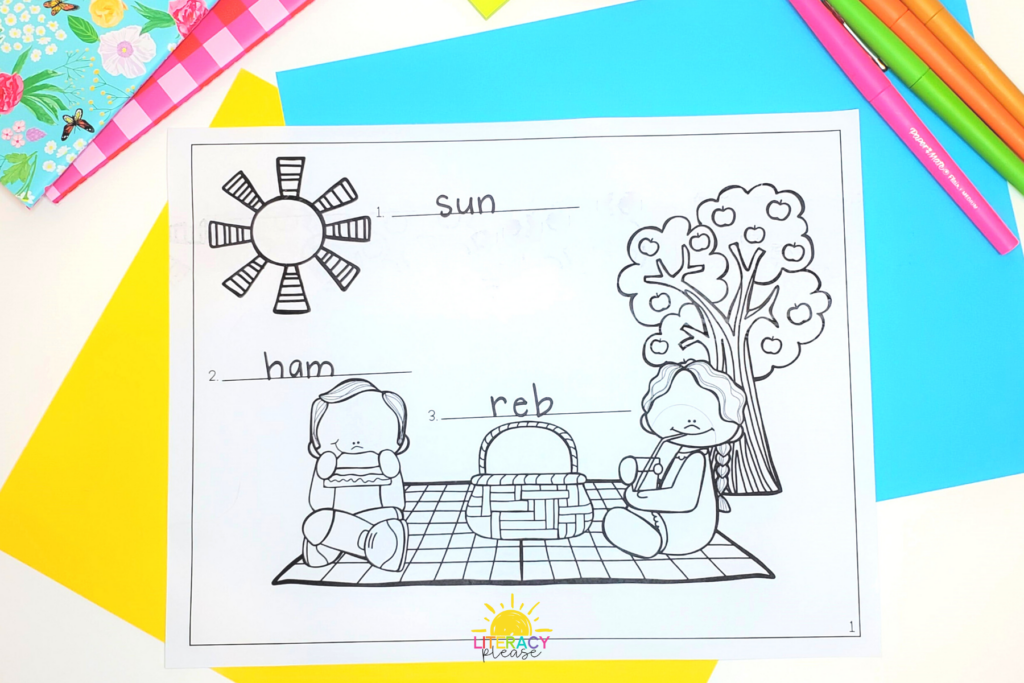
On this page students need to write the words sun, ham, and red. This student spelled the words correctly with the exception of the d in red, which is a b. This is a common mistake that students makes, so unless the child mispronounces the /b/ and /d/, then I would mark this correct.

Looking at this page, you can see chick, fish, and this are all spelled incorrectly. However, chick has the feature ch spelled correctly. In fish, the sh is reversed, so you can see the child has an awareness to this spelling pattern. The word this is spelled with a d indicating the child mispronounces this word and isn’t forming the th sound correctly.
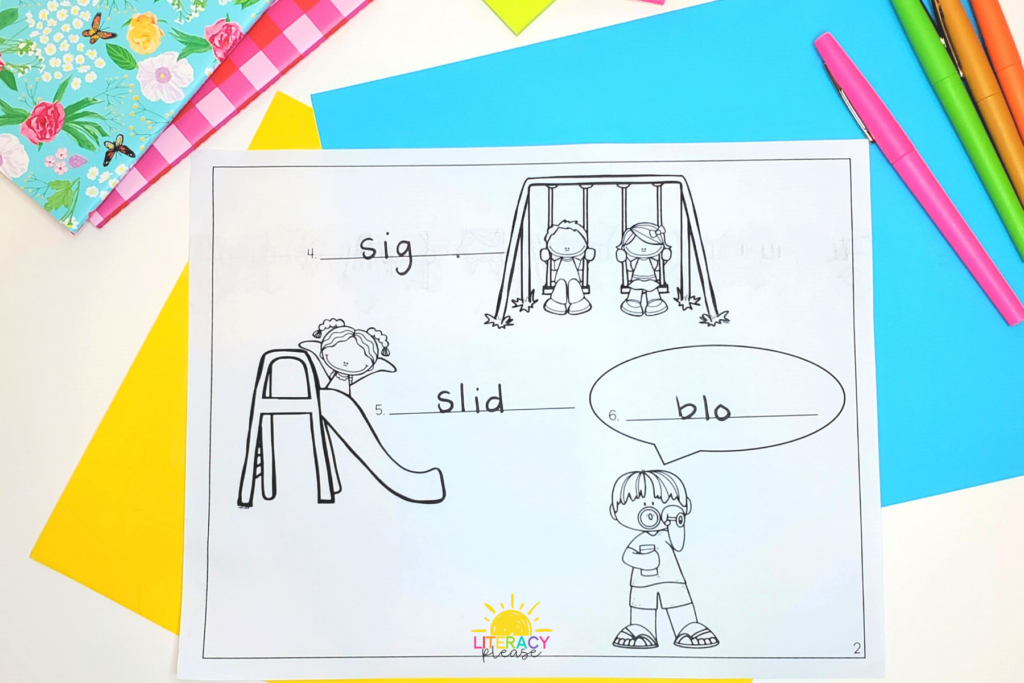
On this page students spell the words swings, slide, and blow. For the word swings, students only need to spell the sw correctly. In this case the child did not, so the spelling is incorrect. You’ll also notice the spelling of slide and blow are spelled incorrectly, but the features–sl and bl— are correct. Therefore, this word is considered correct.
The Results
So, after looking at this spelling assessment, where would you focus your instruction for this particular student?
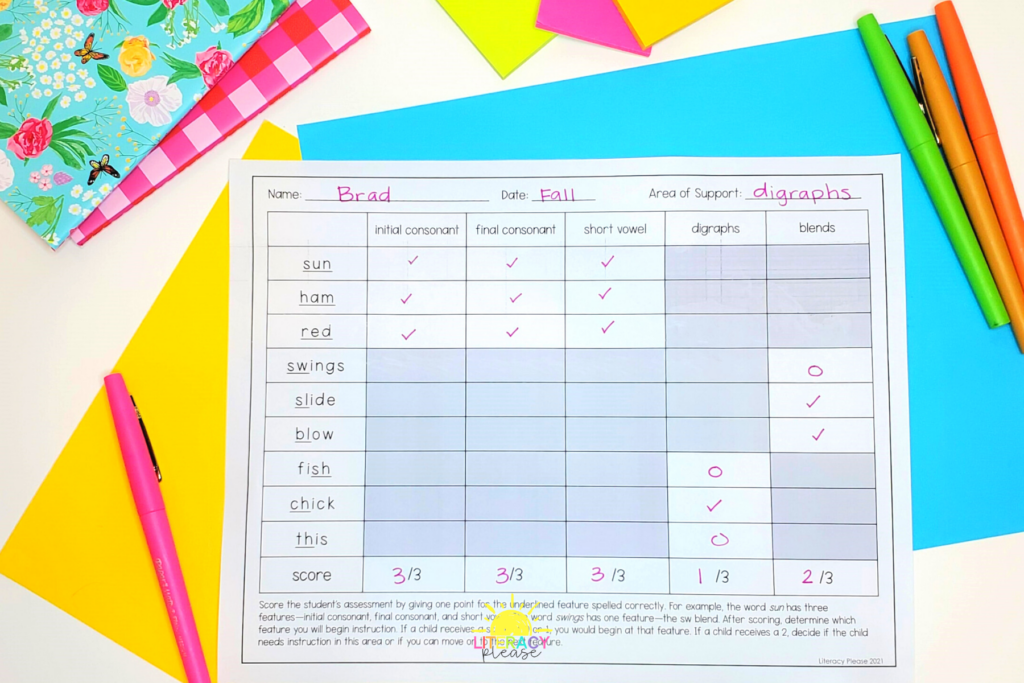
I would start this child with digraphs. Providing instruction in the sound and spelling of each digraph along with some games will ensure this spelling pattern will stick. Multiple exposures and application will give this child, and any other child in the same boat, the opportunity to commit the pattern to memory
Now What?
Now that you have the data, it’s time to get to work! It doesn’t need to be difficult. But if you’re like me, you’ll make it difficult. Here are some ideas for an easy way to get started:
- make cards with your focus sound to show students as you instruct
- practice segmenting words aloud
- have students make words with the focus sound
- have students write words on whiteboards
- use books to hunt for words with the focus
- use decodables to practice reading words in context
Games
A great option for engaging students and helping them to retain the information you’d like them to learn, is games. Students are more likely to retain the information taught to them if it’s fun. This bundle has many options for your students to practice spelling patterns.

If you’re looking for more ideas, you can read more about closed syllable games and activities here.

To get your hands on this spelling assessment, click on this link and begin meeting your students where they are.
